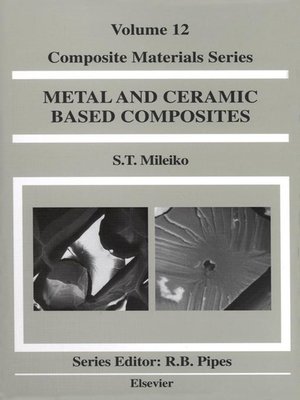
Sign up to save your library
With an OverDrive account, you can save your favorite libraries for at-a-glance information about availability. Find out more about OverDrive accounts.
Find this title in Libby, the library reading app by OverDrive.



Search for a digital library with this title
Title found at these libraries:
| Library Name | Distance |
|---|---|
| Loading... |
Modern scientific and technological fields are frequently of an interdisciplinary nature, and the field of fibrous composites is no exception. Unlike fibre-reinforced plastics, the family of metal- and ceramic-based composites is still quite a new group of materials with a large variety of mechanical and physical properties. Up until now it has been difficult to produce these materials as the necessary technical information has not been well documented.The main purpose of this book is to link together fabrication, structure and properties chains, so as to clarify which structure provides the necessary properties, and how one can attain the correct composite structure. To this end, the book not only contains topics of a purely technical nature, but also a description of the failure mechanics of metal- and ceramic-matrix composites, as this is the key to understanding the structure-properties segment of the chain mentioned.The book is divided into three parts. Part I presents a general view of composites with the accent on metal- and ceramic-matrix composites. It also contains a brief description of modern fibres and composites and can be considered, at least for beginners, as a starting point for further study. Part II looks at the composite microstructures considered to be either optimal or reasonable in resisting a particular loading. Finally Part II describes a variety of mechanical, physical, and chemical potential for organizing these microstructures. Experimental data on technologies, material structures, and material properties are used throughout the book to support theoretical conclusions or to obtain important physical parameters.







